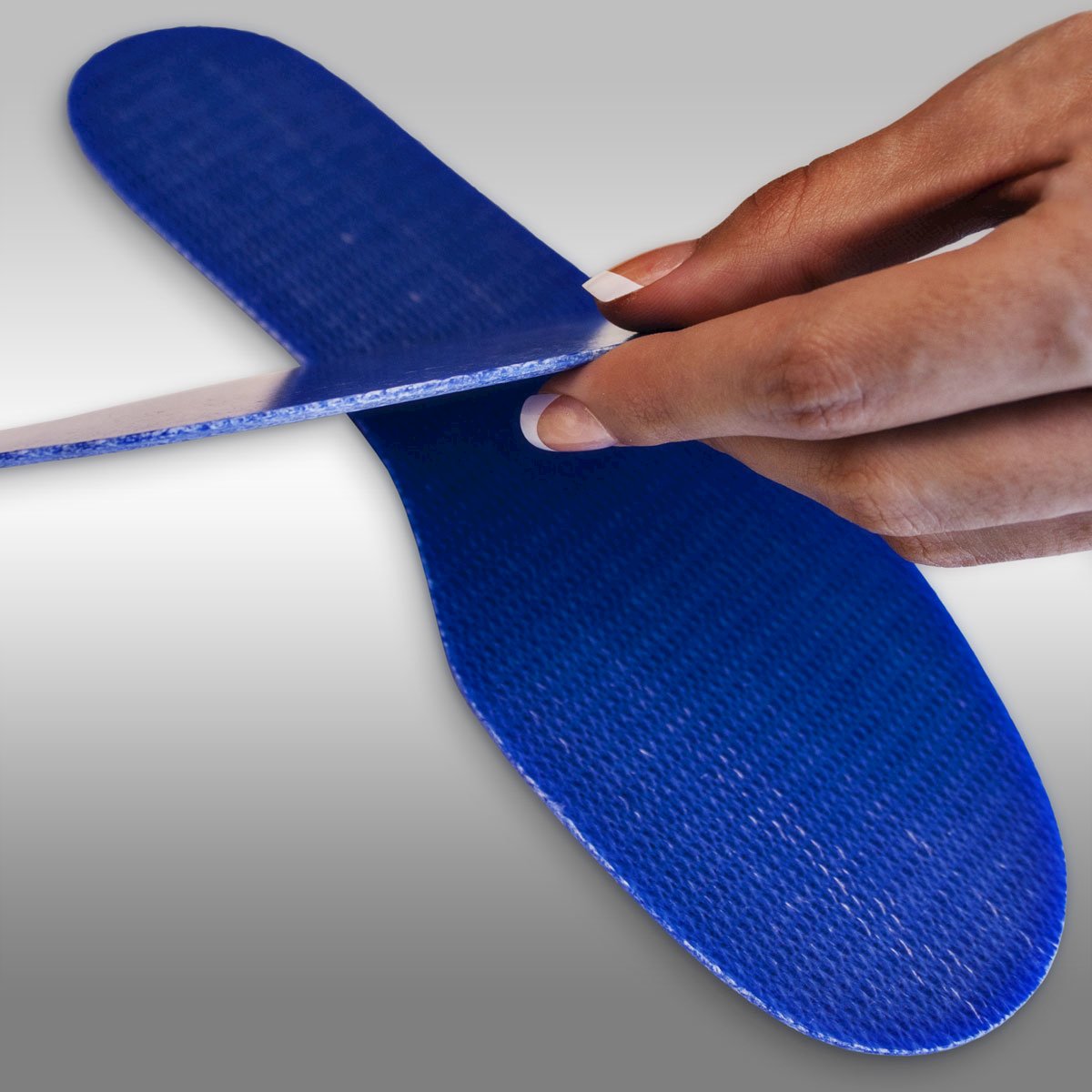Toe Walking
Toe walking describes gait in which the heel may only partially touch the ground. Toe walking is most common in young, early walkers between the ages of 1 and 5 years of age. Let’s take a look at the causes of toe walking and treatment options.
What causes toe walking?
Toe walking can be due to structural limitations of the lower leg and ankle or due to neurological stimulation of the lower leg. Structural limitations may include a block at the ankle which limits normal ankle range of motion or may be due to a short triceps surae (calf muscles). With structural limitations, the extent of toe walking will remain constant over the course of time and as the child ages.
Toe walkers who are affected by neurological stimulation may show variations in the degree of toe walking. For instance, when tired or distracted, toe walking may decrease allowing the heel to contact the ground. Physical stimulation of the foot may also contribute to toe walking. Physical stimulation may include cold or pain.
Treatment of toe walking
Successful treatment of toe walking often requires physical therapy and bracing. Physical therapy can be used to train and motivate families to perform daily stretching of the calf muscles. Bracing can be used by day, by night or a combination of both. Nationwide Children’s Hospital has a good overview of bracing techniques (idiopathic toe walking orthoses), including the  advantages and disadvantages of both.
advantages and disadvantages of both.
Shoe inserts for toe walkers
Flat rigid carbon plates are often used in children’s shoes to limit the flexibility in the shoe. Using the carbon graphite plate to lengthen the shank of the shoe, essentially making it stiffer, delays heel rise in normal gait. By doing so, toe walking is often decreased. The combination of PT and a carbon foot plate is one of the most commonly used methods of treatment for toe walkers.
Jeff
Medical Advisor
Myfootshop.com
Updated 3/16/2021













